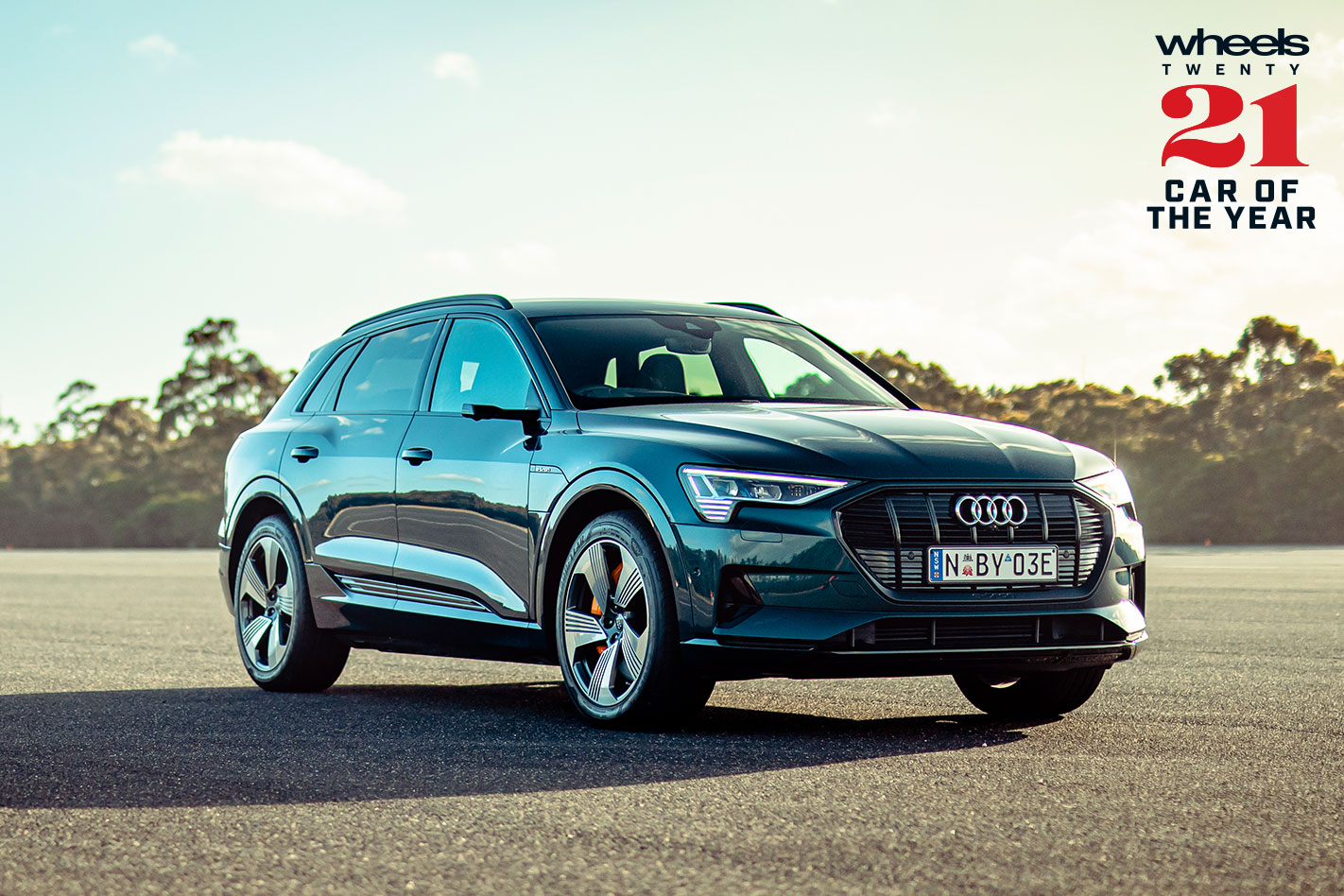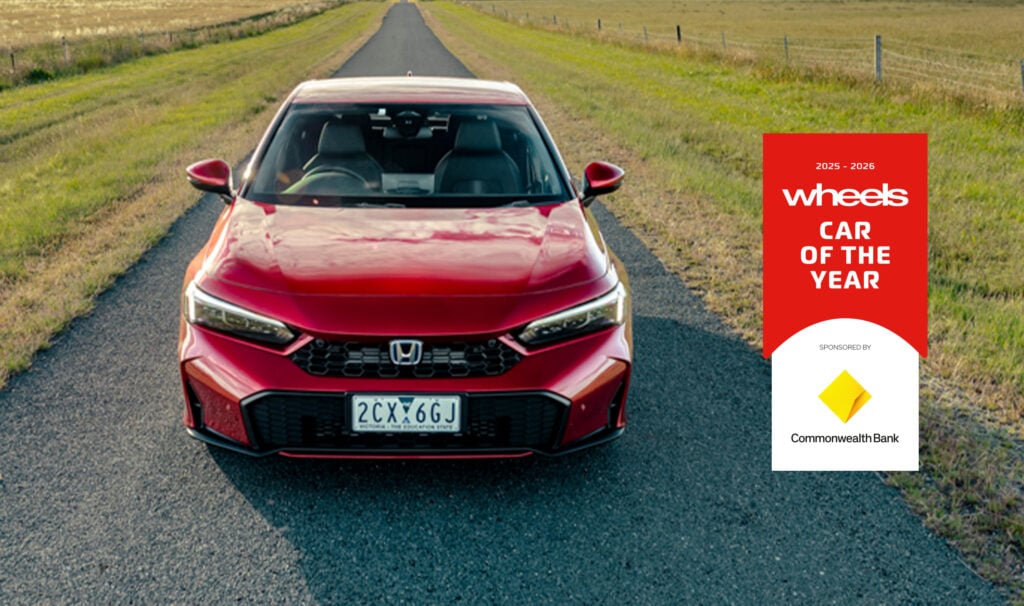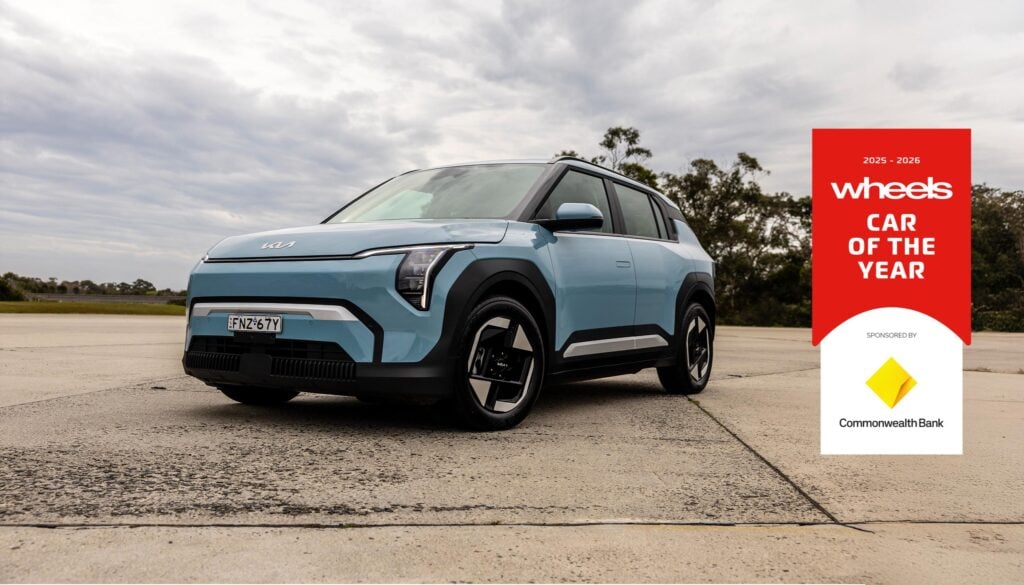Tardy to the EV party – especially for a brand endlessly spruiking Vorsprung Durch Technik – the e-tron is Audi’s delayed response to the established Tesla Model X and Jaguar I-Pace, as well as 2020’s COTY-winning Mercedes-Benz EQC. No pressure, then.
Based on Audi’s MLB Evo architecture underpinning most models from the A4 up, it’s also the entrée to a buffet of upcoming EVs, with most expected to switch to an all-new specific platform still under development.
Like the EQC then, the e-tron SUV and its swoopier Sportback twin (imagine an electrified BMW X6 rival) aren’t strictly bespoke, although – incredibly – the e-tron is currently the only EV offering a choice of bodystyles. It slots between the Q5 and Q7 in size, though not pricing.
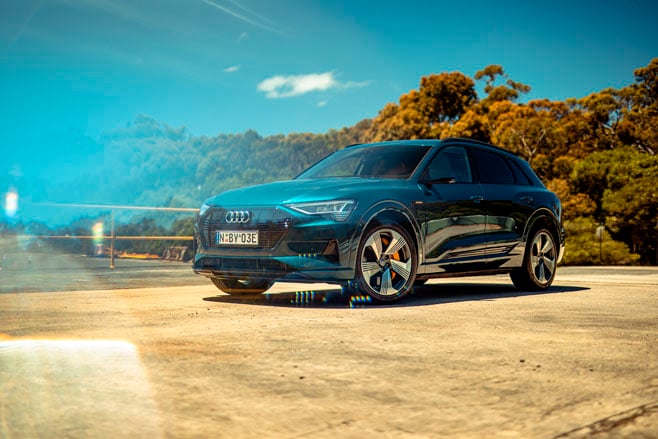
Two versions are available: a 50 quattro (from $137,100) and 55 quattro (from $146,100), with the Sportback adding $11,000. Not cheap, but competitive against the other luxo SUV EVs, and generously equipped to boot.
Visually, both e-trons look comparatively ‘normal’, with the only way-out elements living in the details – like the grille, alloys and available mirror cameras. No Spock shock here, and less futuristic than EQC, never mind the radical I-Pace.
The spacious five-seater cabin, meanwhile, also aligns with brand convention, integrating established design themes and family-friendly practicality (including a vast cargo area) with dual touchscreens and other digital tech for most functions. Again, up-to-the-moment, but with minimal intimidation. But some cheap (for an Audi) materials are also jarring missteps.
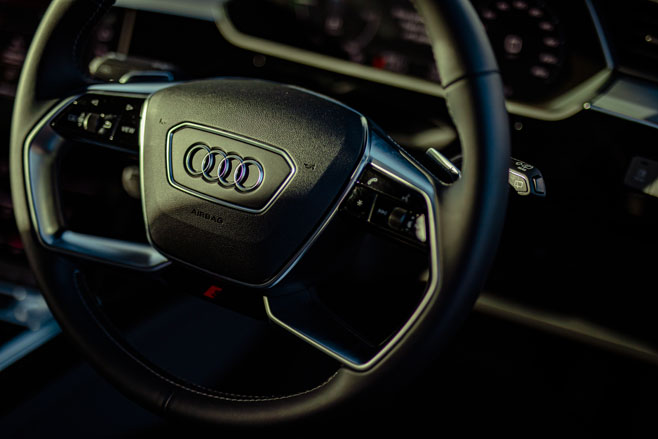
All e-trons feature an electric motor on each axle, but the rears are always driving at least 60 percent of the time, depending on the given traction requirements.
To approach the EQC’s seat-bracing acceleration, avoid the smooth and silent 230kW/540Nm 50 and stretch to the stronger 265kW/561Nm 55 instead. Though only marginally quicker to 100km/h (6.6 seconds versus 6.8), a brief 35kW/103Nm ‘Sport’ spurt slashes that to 5.7s, for significantly more muscle across the spectrum.
With a 71kWh battery, the 50 can average 300km of range whereas the 55’s 95kWh unit breaches 400km-plus; finding a 150kW charger (good luck with that) brings 80 percent charge in 30 minutes, or a ‘full tank’ in 45 minutes.
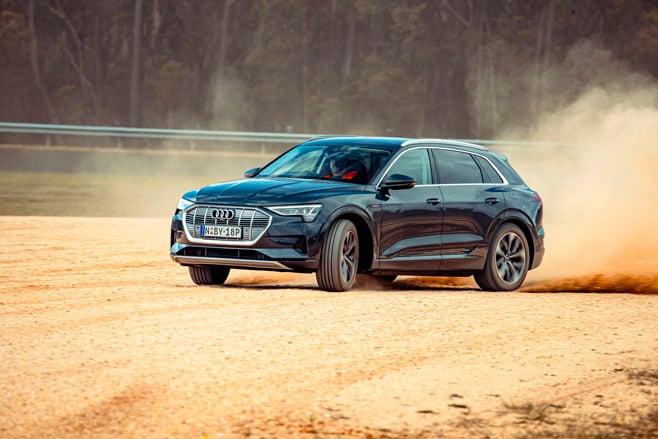
Unlike the EQC, the e-tron includes air suspension on both axles, not just the rear; working with a multi-link arrangement, it provides exceptionally flat and controlled handling, together with outstanding isolation over some very demanding road surfaces.
Conversely, at other times, the Audi also occasionally rides with an obvious firmness, and doesn’t really encourage being hustled through fast corners. The light-footed vitality of the EQC and I-Pace is missing. The three-year warranty is well behind the best, too.
MORE Virtual mirrors on the e-tron – do they work?

Still, six years’ complimentary charging and servicing is included, along with a home-station for a handy six-hour full recharge, so maybe this Audi’s more for the head than the heart.
Ultimately, though super competent and even truly compelling, the e-tron doesn’t quite progress forward enough from its older rivals. In the rapidly evolving EV scene, the COTY criteria demands that – a year on – at least some boundaries be busted.
Richard Ferlazzo on the Audi e-tron’s design
“Cuts an imposing figure with substantial proportions set on big wheels and rubber. Crisp sheet-metal and exquisite lamp technology creates a genuine luxury feel.
“There are some subtle technical touches like the shutter grille vanes but they haven’t gone overtly ‘electric’ with the styling.
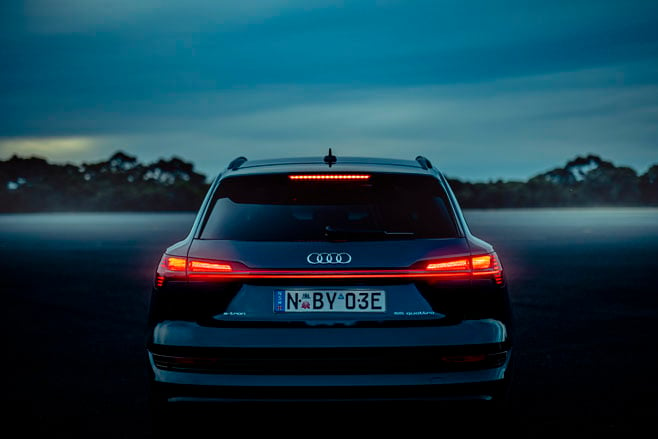
“The classy interior has a sci-fi theme with very few conventional buttons. But I’m not convinced by the ‘virtual mirrors’ in the door panels. The screens almost feel like portholes.”

